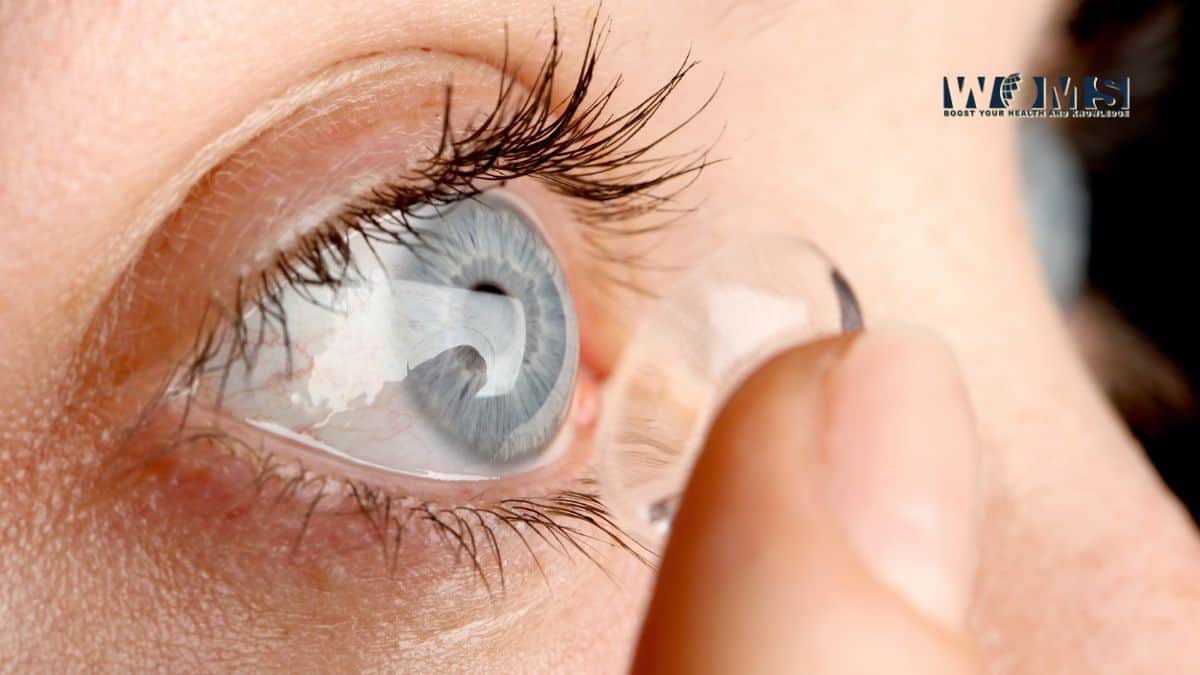Innovations and Trends in Contact Lens Technology

In the dynamic world of eye care, innovations and trends in contact lens technology are revolutionizing the way we view and utilize contact lenses. As we navigate through the advancements, it’s clear that these innovations are not just enhancing visual acuity but also improving overall eye health and comfort. This article delves into the latest trends in contact lens technology, offering insights into how these advancements are shaping the future of vision correction.
Enhanced Comfort and Breathability
One of the foremost advancements in contact lens technology is the development of materials that significantly enhance comfort and breathability. Silicone hydrogel contact lenses represent a leap forward, offering higher oxygen permeability compared to traditional hydrogel lenses. This advancement allows more oxygen to reach the cornea, reducing the risk of hypoxia-related complications and enabling longer wear times with greater comfort. The introduction of these materials has set a new standard in contact lens comfort, making it easier for users to wear lenses for extended periods without discomfort.
Customized Contact Lenses
The era of one-size-fits-all is fading, with personalized contact lenses becoming increasingly prevalent. Advances in manufacturing technology have enabled the production of custom-tailored lenses designed to fit the unique contours of an individual’s eye. This customization can correct a wider range of vision problems, including higher-order aberrations that standard lenses cannot address. Customized lenses offer a more precise fit, enhanced vision quality, and improved comfort, catering to the specific needs of each wearer.
Smart Contact Lenses
The integration of technology into contact lenses has ushered in the concept of smart contact lenses. These lenses are equipped with microelectronics that can monitor physiological parameters such as glucose levels or intraocular pressure, providing invaluable health insights directly from the eye. Some smart lenses are designed to deliver medications gradually, offering a novel approach to treating eye diseases. This convergence of technology and vision correction is opening new frontiers in both healthcare monitoring and the management of ocular diseases.
Extended Wear Lenses
The development of extended wear contact lenses is another significant trend, offering users the convenience of wearing lenses continuously for up to 30 days and nights. These lenses are made from materials that allow more oxygen to pass through to the cornea, reducing the risk of corneal infection and irritation. Extended wear lenses cater to the lifestyle needs of those who prefer the convenience of not having to remove and clean their lenses every day, though it’s crucial to consult with an eye care professional to ensure they’re a suitable option.
Multifocal and Bifocal Contact Lenses
Multifocal and bifocal contact lenses have been developed to address presbyopia, a common age-related condition that affects near vision. These lenses have multiple prescription zones built into them, allowing for clear vision at various distances. The technology behind these lenses has improved significantly, offering more seamless transitions between prescription zones and better overall visual performance. This innovation allows individuals with presbyopia to enjoy the freedom of contact lenses without relying on reading glasses.
UV-Blocking Contact Lenses
UV-blocking contact lenses are a critical development in protecting eye health. These lenses are designed to filter out harmful UV rays, reducing the risk of UV-related eye damage, including cataracts and macular degeneration. While not a substitute for UV-protective sunglasses, they provide an additional layer of protection, especially for individuals who spend a lot of time outdoors. The adoption of UV-blocking technology in contact lenses is a testament to the industry’s commitment to not only correcting vision but also preserving eye health.
Sustainable Practices in Contact Lens Production
Sustainability is becoming a pivotal consideration in the contact lens industry, with manufacturers exploring eco-friendly materials and practices. The focus is on reducing the environmental impact of contact lenses, from production through disposal. Biodegradable materials and recycling programs for used lenses and packaging are steps toward minimizing the ecological footprint of contact lens use. This trend reflects a growing awareness of environmental issues and a commitment to sustainable healthcare solutions.
Conclusion
The innovations and trends in contact lens technology are transforming the landscape of vision correction and eye care. From enhanced comfort and breathability to smart lenses that offer health monitoring capabilities, these advancements are making contact lenses more versatile, effective, and user-friendly than ever before. As we look to the future, it’s clear that the convergence of technology, customization, and sustainability will continue to drive the evolution of contact lenses, promising an exciting horizon for wearers and eye care professionals alike.
By staying informed about these trends and consulting with eye care professionals, individuals can make educated decisions about their vision correction options, leveraging the latest in contact lens technology to achieve optimal eye health and visual acuity.




